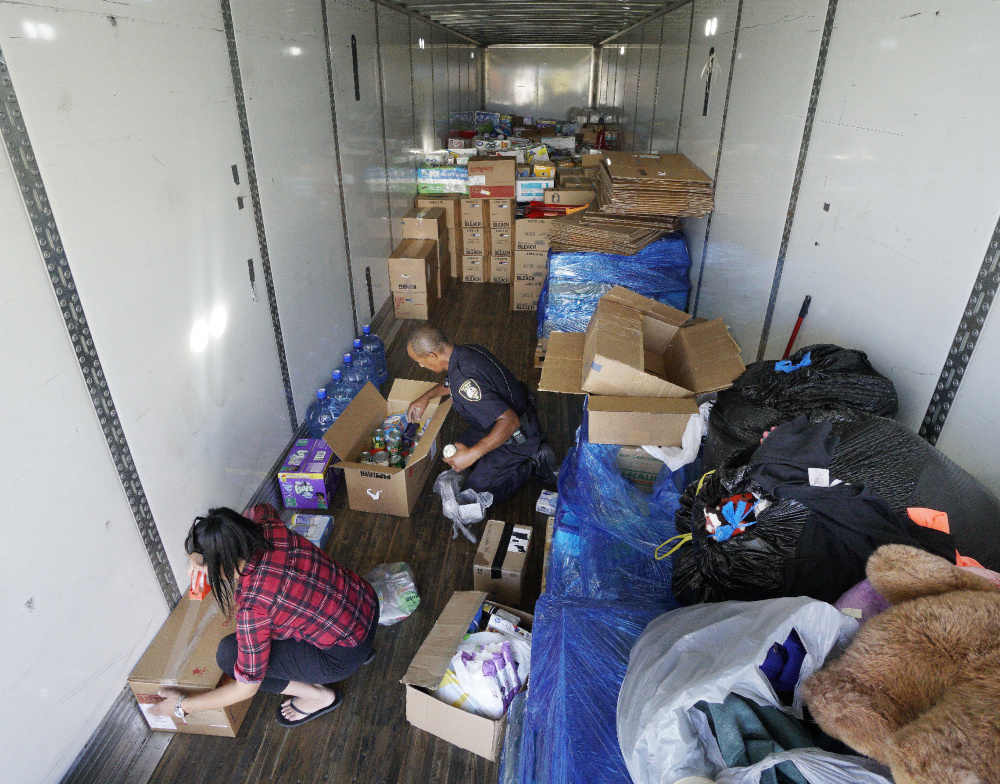WASHINGTON — Benzene churns through Houston’s economy. The clear, sweet-smelling chemical is found in the crude oil processed in the region’s refineries and is used to make plastic, pesticides and other products.
It’s also a carcinogen whose cancer-causing properties illustrate the risks that will linger for southeast Texas long after the floodwaters of Harvey have receded. Thousands of homes were submerged in murky water that may have been tainted with benzene and other runoff from an area that boasts the nation’s largest concentration of refineries and petrochemical plants.
“This is going to be an ongoing concern, because some chemicals, when they get in water, become active and volatile,” said Christine Todd Whitman, a Republican who led the Environmental Protection Agency from 2001 to 2003.
EPA officials are still trying to access and inspect 11 federal Superfund sites that were swamped by the storm to determine whether contaminants escaped, including cancer-causing agents such as benzene, cadmium and trichloroethene.
Residents near a still-submerged wastewater treatment plant in west Houston were warned Wednesday that the risk of migrating sewage makes it unsafe to drink untreated water from private wells.
At least 94 spills of sewage and wastewater have been reported to the Texas Commission on Environmental Quality since Harvey hit the state. Among those releases: a discharge of unknown amounts that Kinder Morgan Petcoke LP reported reaching the San Jacinto River and 100,000 gallons that Sasol Chemicals USA said had been discharged from its Green Bayou plant.
There are no reports of benzene reaching waterways in Harvey’s wake, but initial disclosures don’t detail specific chemicals, and extensive water testing is still needed, said ecologist Shaye Wolf, the Center for Biological Diversity’s climate science director.
Valero Energy Corp. is mopping up oil at one of its refineries after a tank roof partially collapsed, releasing an estimated 6.7 pounds of benzene. After local residents complained about the odor, health officials and representatives of the Environmental Defense Fund detected high amounts of benzene in air around the facility. Measured concentrations reached as high as 324 parts per billion, according to the Houston Health Department – well above the level at which federal officials recommend workers don respiratory masks and protective gear.
Copy the Story LinkSend questions/comments to the editors.



Success. Please wait for the page to reload. If the page does not reload within 5 seconds, please refresh the page.
Enter your email and password to access comments.
Hi, to comment on stories you must . This profile is in addition to your subscription and website login.
Already have a commenting profile? .
Invalid username/password.
Please check your email to confirm and complete your registration.
Only subscribers are eligible to post comments. Please subscribe or login first for digital access. Here’s why.
Use the form below to reset your password. When you've submitted your account email, we will send an email with a reset code.